A recent study by physicists at the University of Massachusetts Amherst suggests that the explosive death of a tiny, primordial black hole could be visible from Earth within the next ten years—possibly confirming decades‐old theories about Hawking radiation, early universe physics, and the nature of fundamental particles.
What’s Being Proposed
- The focus is on primordial black holes (PBHs), hypothetical tiny black holes that may have formed in the very first moments after the Big Bang. Unlike black holes born from collapsing stars, these would be much smaller—closer in mass to large asteroids—and thus would evaporate much more quickly.
- The key idea draws on theories from Stephen Hawking, who proposed that black holes emit radiation (now called Hawking radiation), lose mass over time, and eventually evaporate completely in a final explosive event. So far, this has been purely theoretical.
- The new twist: the researchers consider a “dark-electric” charge model (a toy model) for these primordial black holes. In simple terms, they imagine PBHs that carry a tiny, hypothetical form of electric or dark charge, possibly involving a heavier variant of the electron (“dark electron”). This extra charge could stabilize the black hole for longer, delaying its collapse, but still allowing it to eventually “pop” in a fiery end.
Why the Odds Have Jumped
- Earlier estimates believed such final black hole explosions would be extremely rare—on average, happening only once every 100,000 years in observable space.
- The new model changes some of the underlying assumptions: the presence of dark charge stabilizes PBHs for longer, making them more likely to reach a late-stage explosion that telescopes or gamma-ray observatories could detect.
- Under the revised model, the researchers calculate there is up to a 90% probability that one of these explosions will occur—and crucially, be detected—within the next ten years.
What Seeing One Would Mean
If true, observing a primordial black hole explosion would be a monumental event for physics and astronomy:
- Direct Evidence of Hawking Radiation: It would represent the first clear observation of the theory that black holes leak energy and eventually evaporate.
- Proof of Primordial Black Holes: These objects have never been confirmed to exist. Detecting one could help answer questions about dark matter, early universe conditions, and the evolution of cosmic structures.
- Particle Physics Insights: Such an explosion would theoretically release a full spectrum of known particles (electrons, quarks, neutrinos, Higgs bosons) and possibly unknown ones. It could open doors to discovering “dark sector” particles—those which are hypothesized but not yet detected.
Caveats & Challenges
- The model depends heavily on speculative physics: dark charge, dark electrons, and the behavior of PBHs under cold, isolated conditions. If reality differs, the explosion odds may be much lower.
- Detecting the explosion won’t be easy: telescopes and observatories will need to capture short, energetic bursts—especially gamma rays—from distant space, possibly buried in background noise.
- Timing is uncertain. Even though the model predicts a high likelihood within the decade, whether we will catch it precisely, or miss it, depends on luck and readiness of detection systems.
What’s Next
- Astronomers and observatories will likely increase monitoring in gamma-ray spectra and other high-energy windows.
- Researchers will refine models to better predict the brightness, location, and signatures of such explosions so that detection tools can be tuned.
- Experimental and theoretical physicists will continue working to test assumptions like dark electric charge and unknown particle types in the model.
Bottom Line
This new research offers a hopeful possibility: that black holes—long thought to silently evaporate over unimaginable timescales—could sooner than expected end in a brilliant burst visible across the cosmos. If we observe one, it could change our understanding of black holes, the early universe, and even the fundamental makeup of matter.

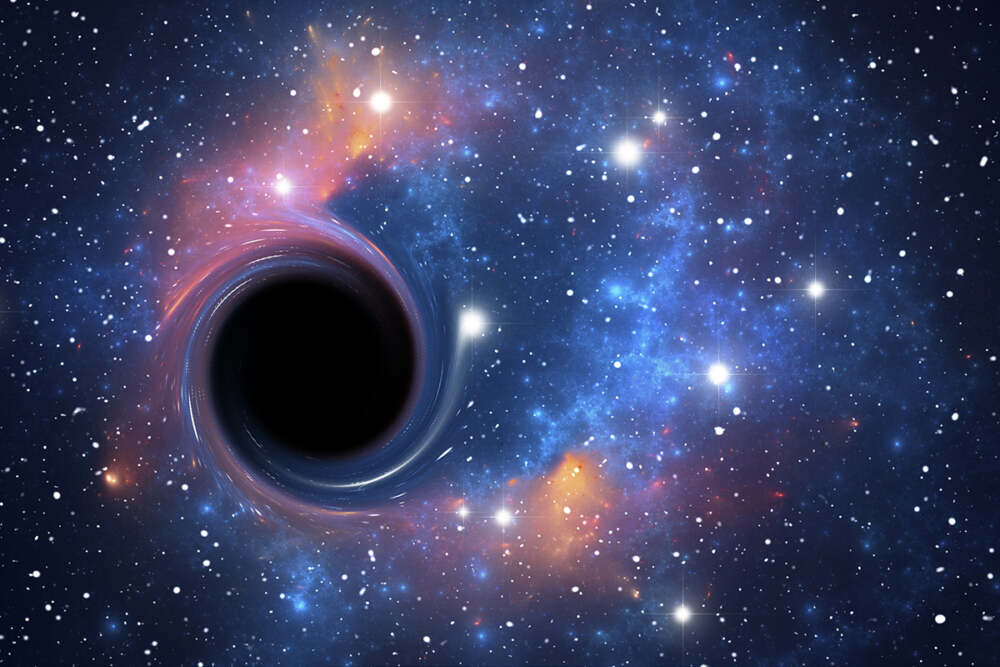

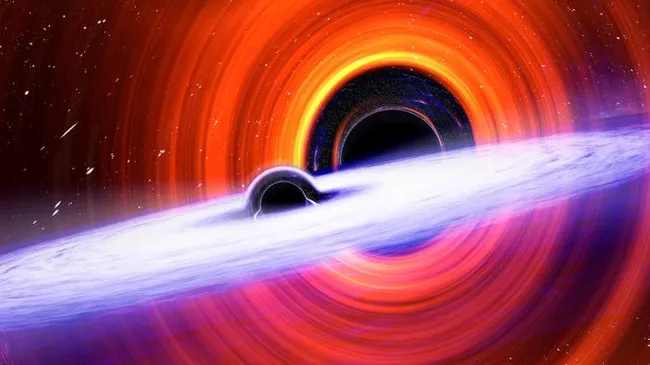
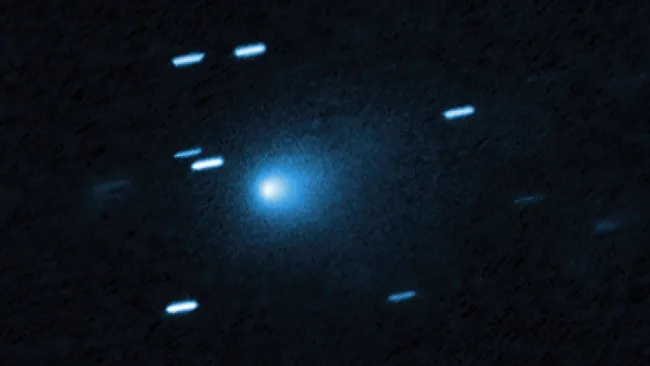

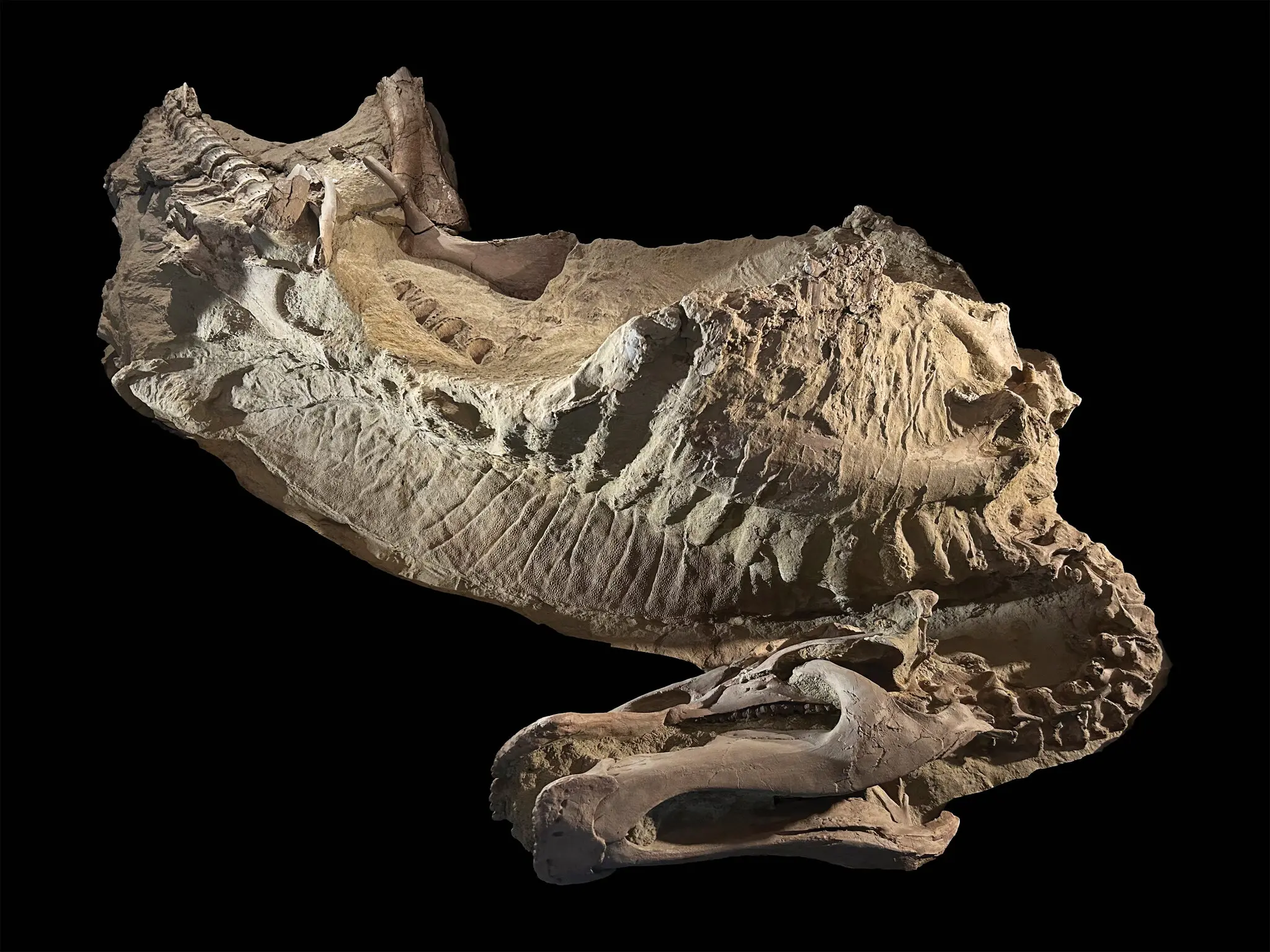

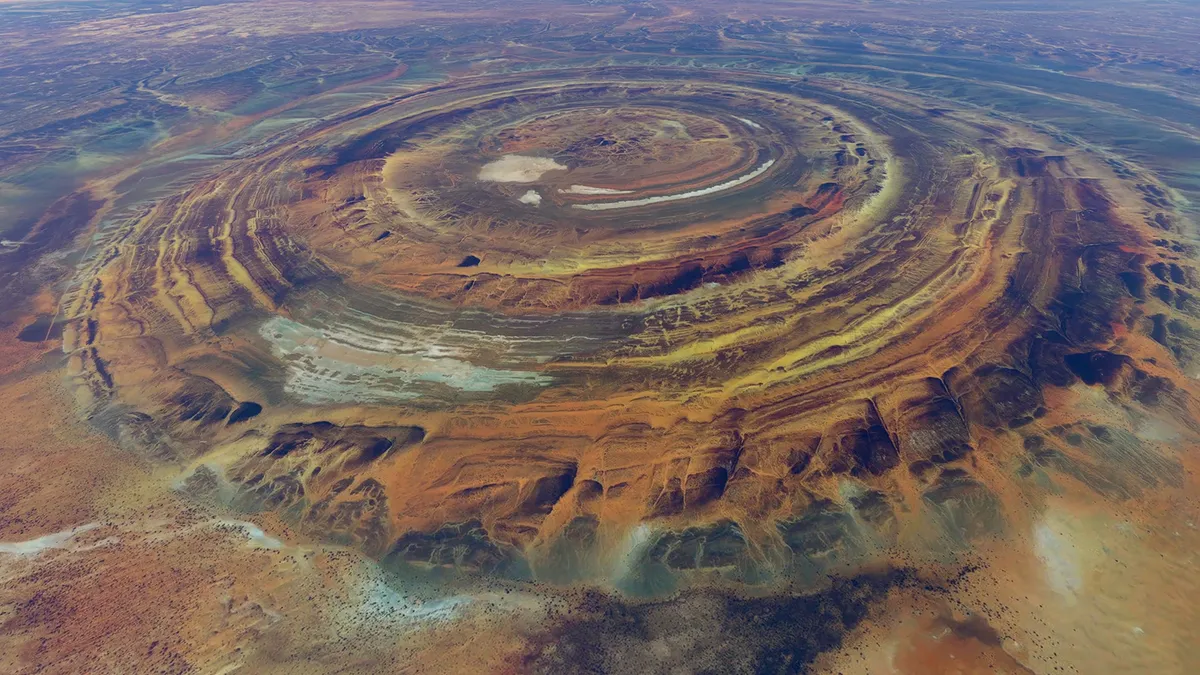
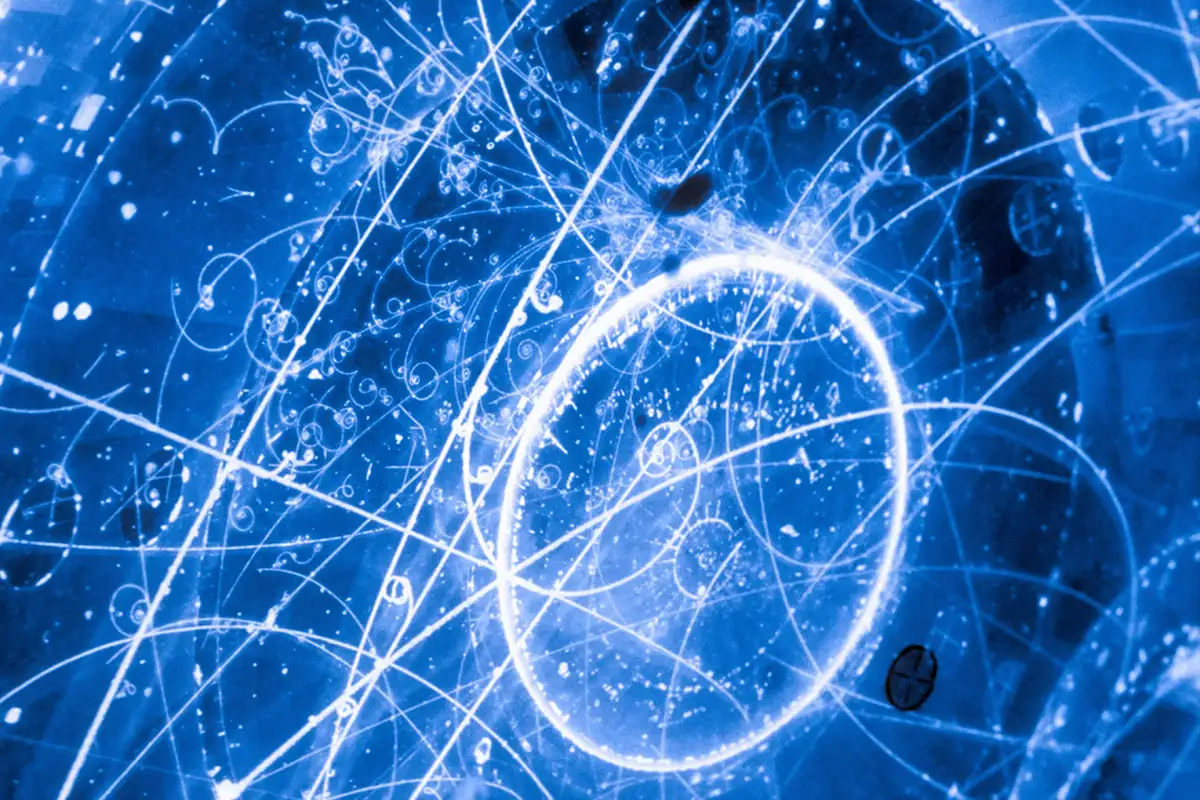
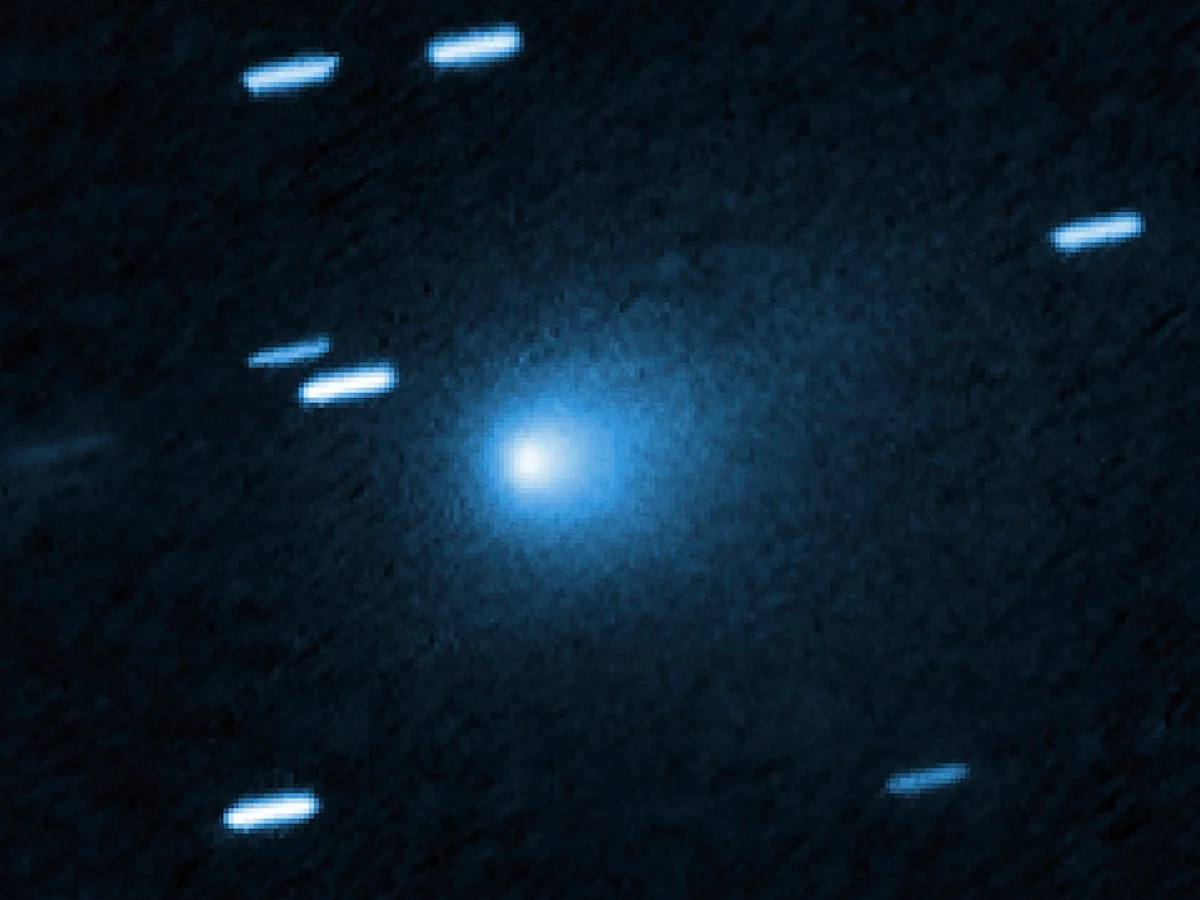




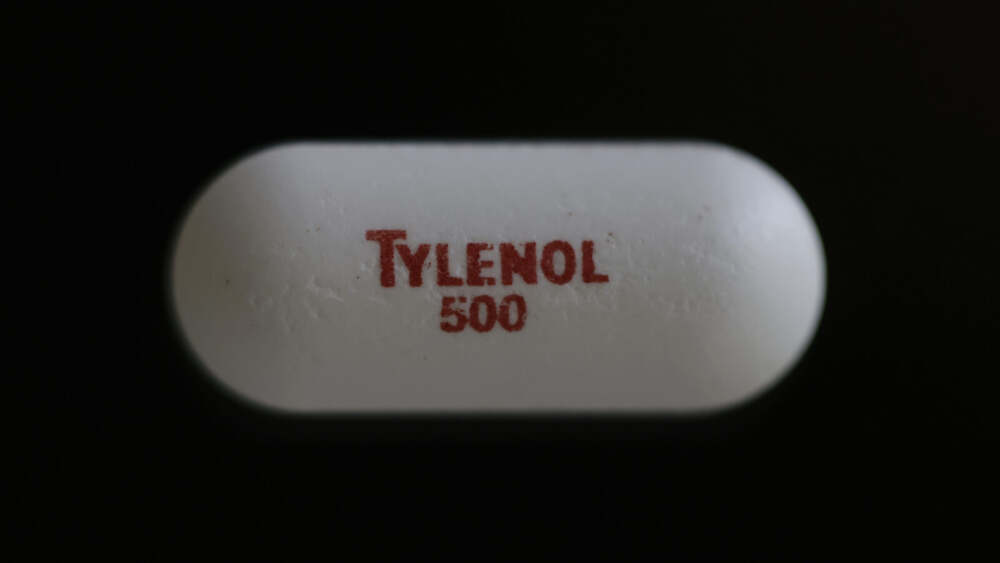
Leave a Reply